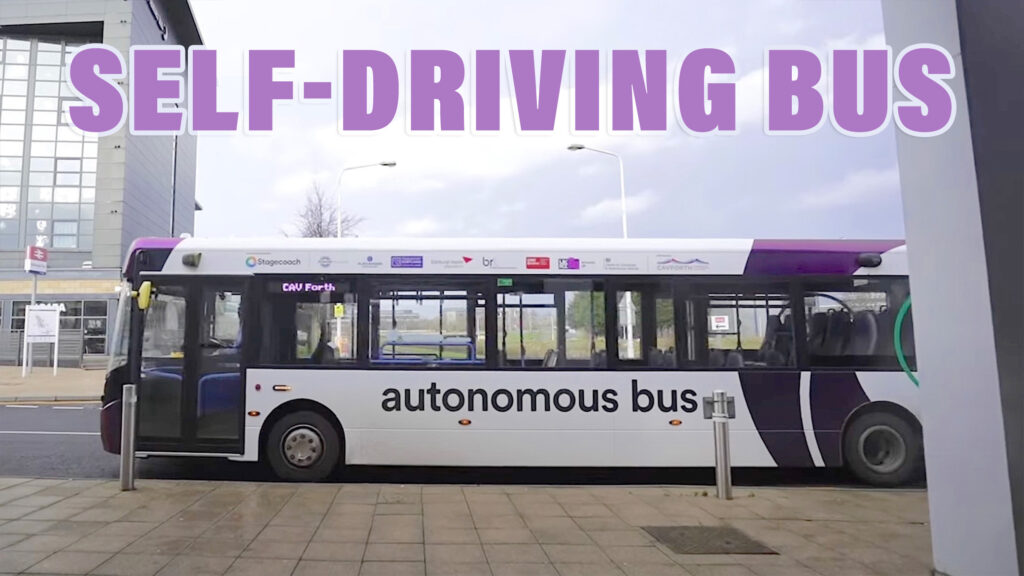We hear plenty about autonomous cars, but industry experts say that long distance trucking and public transportation vehicles will adopt the tech long before private passenger vehicles.
There are already driverless taxis operating in the U.S. (not entirely without fault) and now Scotland claims it is launching the world’s first autonomous bus service. The program starts in May of this year and has the capacity for 10,000 passenger journeys each week.
Five single-deck buses operated by Stagecoach will travel along a predetermined 14-mile (23 km) route that involves crossing the famous Forth Road Bridge. The journey runs between the Ferrytoll park and ride in Fife on the north of the Firth of Forth estuary and the Edinburgh Park train and tram interchange in Scotland’s capital city on the south of the water.
The buses are capable of traveling at up to 50 mph (80 km/h), which might be a little disconcerting for some passengers unsure about the safety of autonomous technology. But there’s a chance they might never even notice a computer is making the decisions because each bus will have a safety driver monitoring the system and ready to take control. A second employee, known as the bus captain, will help customers board the bus and buy tickets.
Related: Ford Is Getting Out Of The Level 4 Self-Driving Car Game
The presence of not one, but two operatives appears to defeat the whole point of introducing autonomous tech and Stagecoach’s claim that it could lead to an eventual reduction in fare costs. But it’s likely that the ‘driver’ will be jettisoned once the buses have proven themselves reliable and passengers have become used to the idea of a machine doing the work.
The company also claims that because the human driver will only step in if really necessary the autonomous bus should be safer because it has 360˚ vision, can react faster, see better in bad weather and won’t get tired or distracted or take risks.




